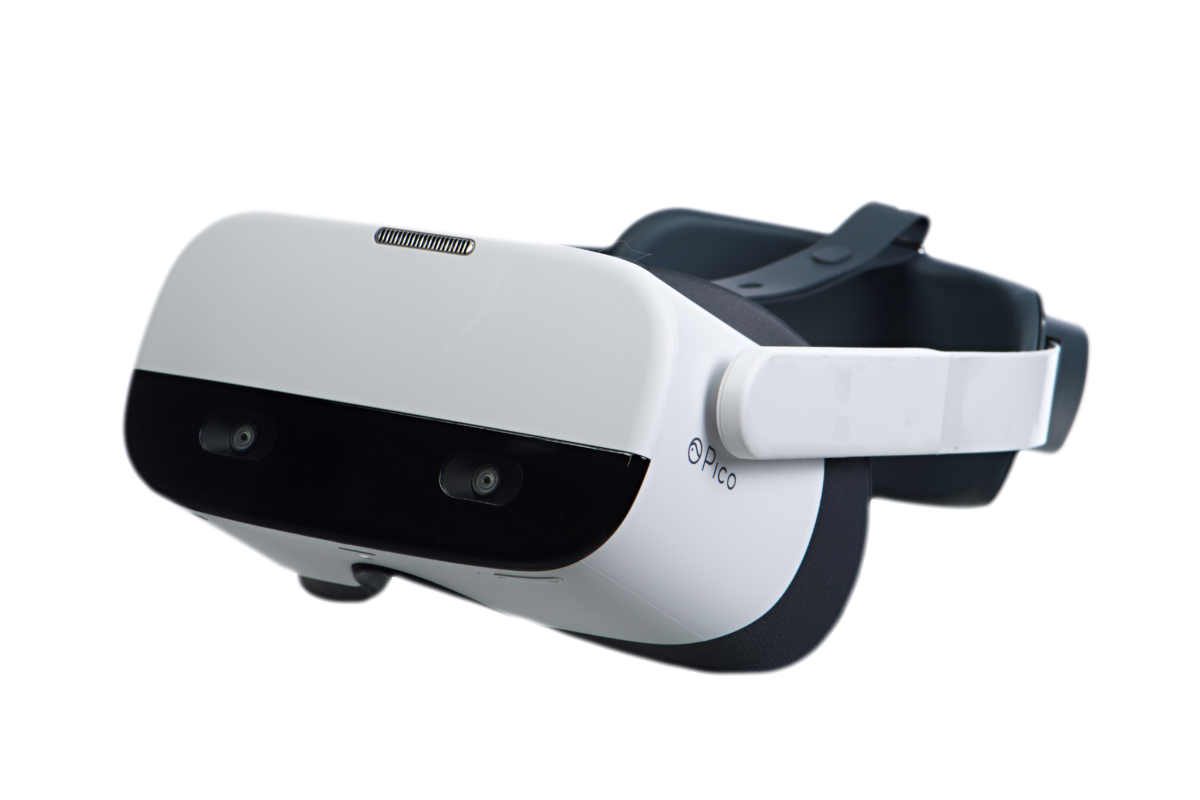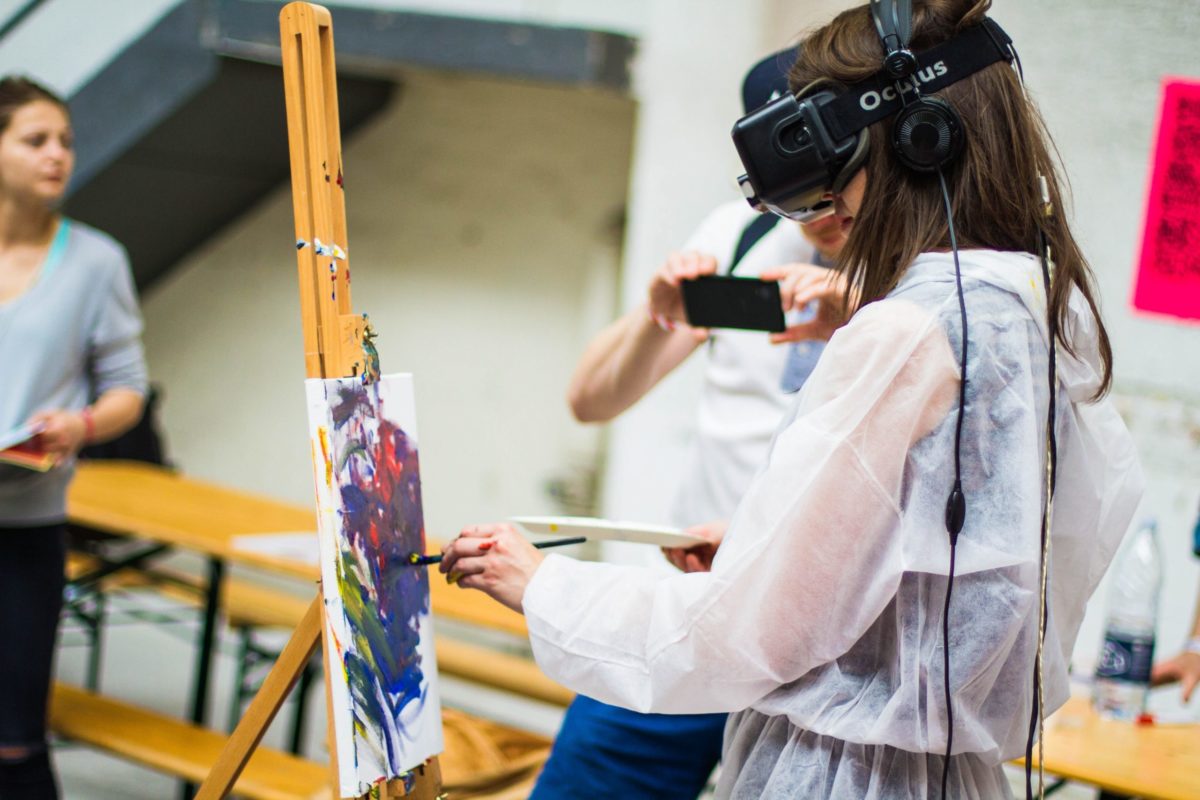Virtual reality training is finding its way into a variety of industries and training programs. But before deciding on a VR training solution, one needs to consider the best way to use VR training as a tool.
When building-out training programs and modules, we typically begin with an outline of our learning objectives. Our product team consults with subject matter experts to strategize and flesh-out the training content that will most effectively move the students to mastery of their learning objectives. Once we feel we have identified the right material, we leverage our team’s background in AAA-game design and development and begin to consider how best to deliver (read: actually teach) the content itself.
Determining the “best way” to deliver training content can quickly become complicated and debatable. Let’s consider some of the factors we should be weighing when we’re thinking about this part of training development:
- Accessibility — What is the best way to make sure everyone that needs the training can get it as simply, conveniently, and cheaply as possible?
- Realistic Scenarios and Environments — How can we best simulate the actual situations, environments, and scenarios that our students will face, both day-to-day and as they might present themselves over time?
- Retention — What medium, cadence, and training techniques will help the student best retain the information when they return to their daily, on-the-job activities?
When you’re considering where and when virtual reality training is the appropriate approach or content delivery mechanism, we recommend this simple framework.
Considering this framework, and thinking about the next training program build-out, let’s look at when VR training makes the most sense. (Remember, anything can be virtualized, but it always makes sense to use the right tool for the right task.)
When realistic training is critical
Every trainer strives to make their training as practical as possible. We all want our students to go back into the field, and when faced with a challenge, think, “my training came in handy there.”
But, there are some situations where realism goes beyond a pure value add.
It should be no surprise that VR training is making some of its most significant impacts in places like construction, manufacturing, energy & utilities, and first responder training environments. These training programs have to be as realistic as possible if there is any hope of the trainee getting it right when the real world adds in complexity, stress, and urgency.
When on the job training is expensive
Training can get very expensive, especially in programs where there’s inherent complexity or when learning to do something — flawlessly — becomes a matter of life and death.
At PIXO VR, we provide several VR training modules in the area of construction safety training. Safety training is a perfect example of where virtual training makes a lot of sense (pun fully intended). To create a productive physical training environment, say, for Fall Protection training, you need a large warehouse or external space and a full array of structures, harnesses, tie-off points, and other equipment just to cover the basics of preventing harmful or potentially fatal falls, (which claim hundreds of lives each and every year).
Fall Protection safety training is just one example.
Think about the cost of recreating realistic and varied training scenarios for the rest of the so-called ‘Fatal Four’, (the four leading workplace killers on American construction sites), which are: Falls (as we just mentioned), Struck-by Object, Caught-in/between, and Electrocution deaths.
The sheer cost of physically simulating or replicating these kinds of common yet unpredictable dangers would be sky-high, (to say nothing of their impossibility to fully simulate in the physical, real world) — and is almost certainly why the Fatal Four is the Fatal Four. Even as a wealthy and fully industrialized nation, we just don’t do a very good job of training to avoid them, and cost is a big reason.
When training itself is dangerous
Many training environments or scenarios are just as hazardous as the job or task itself. In fact, in many industries, training injuries can rival actual workplace injuries.
Many training scenarios are degraded because they require putting students in precarious physical situations, hard to recreate positions, in and around different equipment, or because they require production operations to be shut down to train. These safety limitations that undermine realistic training are all too common in industries like defense, first responder, and construction training.
Imagine trying to realistically train someone how to avoid getting shot by a co-workers’ malfunctioning nail gun, or to avoid being pinned to a structure by a forklift, or to dodge a backhoe — without actually putting them at risk in a “live-fire” demonstration. With hazards such as those Fatal Four scenarios, about the best we can do with current training methods is simply to tell someone to “look out” for these dangers or to read about cases where it’s happened. That’s hardly sufficient training.
In contrast, VR training can almost entirely remove the possibility of training injury, without compromising the integrity and realism of the training scenario.
[content_block id=21218 slug=learn-more-pixo-vr-training-cta]
When realistic scenarios are rare
Regardless of whether you’re considering virtual reality or not, many current training programs tend to forget to include outlier scenarios.
These unusual or infrequent situations can be especially valuable in improving trainees problem-solving and decision-making skills. Adding in these scenarios are also crucial training for jobs where it’s critical for workers to get things right when faced with unique or unexpected challenges.
VR training provides an excellent opportunity to infuse your training with a variety of non-standard, infrequent, or even downright bizarre randomized scenarios. PIXO VR’s unique ability to change things up keeps training realistic and trainees on their toes.
When a high degree of judgment is required
Traditional training techniques can neglect the variability needed to evaluate judgment, problem-solving, and decision-making.
When teaching these kinds of soft skills, it’s common to present a variety of case studies and real-world examples during training sessions. The goal, of course, is to show enough relevant examples to help students correctly identify and respond to similar situations.
The problem comes in adequately evaluating the acquisition and retention of these problem-solving skills.
The most common traditional training approach is to use a multiple choice assessment. More advanced training evaluations may include a practical assessment. But both of these tools suffer a strong coaching bias — meaning the right answer is always available as a choice. Developing better training assessment is one area where VR training can provide a far superior alternative.
Virtual reality assessment modules can safely drop your trainee into a variety of scenarios, completely unsupported — forcing them to figure things out on the fly. Add to this virtual reality’s singular ability to present trainers with a “god’s eye view” and evaluation perspective, and you have an ideal assessment tool.
When observation and evaluation is difficult
We’ve touched on this throughout the article, but training assessments can be challenging. Difficulties in measuring learning retention are especially real in the case of intricate, complex, or dangerous jobs. Trying to design an effective assessment tool or merely trying to observe the trainee during testing can be nearly impossible.
As software
, PIXO VR’s virtual reality experiences have the game-changing ability to present built-in assessments along the way, from an omniscient viewpoint. There’s no need to figure out how to physically get an instructor into position to see what a trainee is doing, the entire VR Training session is being tracked down to the most minuscule detail, (including recording the trainees’ first-person perspective — what we call “gaze tracking” — what a trainee is actually looking at).
Virtual reality training is ideal in overcoming some of the most common training and assessment challenges. The unique opportunity to design and construct a realistic, affordable, and optimized training environment, with the added benefit of built-in observation and assessment make VR training a perfect fit for many enterprise training programs.

PIXO Has Improved VR Management to One Easy Step

Photo by Billetto Editorial on Unsplash
